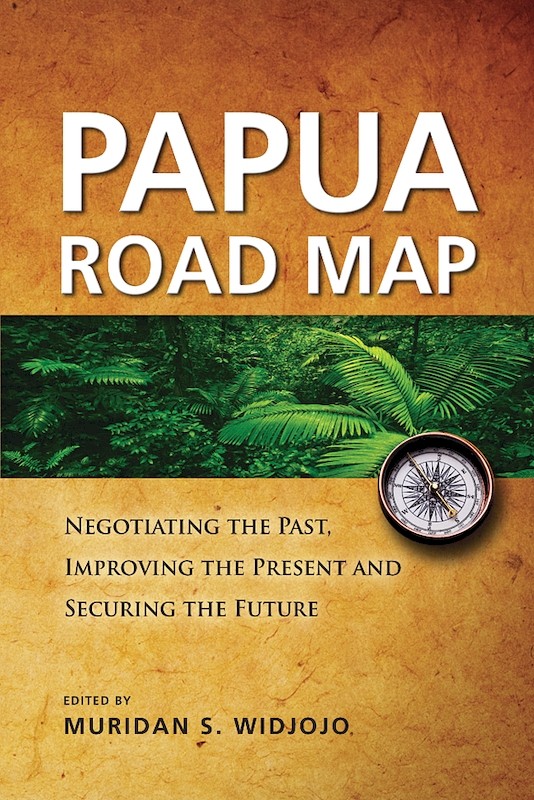Muridan S. Widjojo, editor
Date of publication: 2010
Publisher: Yayasan Pustaka Obor Indonesia
Number of pages: 211
About the publication
The sources of the Papua conflict are grouped into four sets of issues. First is the issue of the marginalization of indigenous Papuans, and the discriminatory impacts on them resulting from the economic development of, political conflicts in, and mass migrations to Papua since 1970. Second is the issue of the failure of development, particularly in the fields of education, health, and economic empowerment. Third is the issue of contradictions between Papuan and Jakartan constructions of political identity and history. Fourth is the issue of accountability for past state violence toward Indonesian citizens in Papua. The above four issues and agendas can be woven together to form a mutually interrelated policy strategy for comprehensive long-term resolution of the Papuan conflict.The atmosphere of Reformasi, and the existence of the accommodative Law No. 21/2001 on Special Autonomy (UU Otsus), a responsive central government, as well as the very large size of Papuas budget, lead the LIPI team to have faith that the problems of Papua can be resolved with justice, peace and dignity.
Co-published with Yayasan Pustaka Obor Indonesia. The ISEAS edition is for sale in all countries except Indonesia.
Co-publication: Yayasan Pustaka Obor Indonesia
Yayasan Pustaka Obor Indonesia

